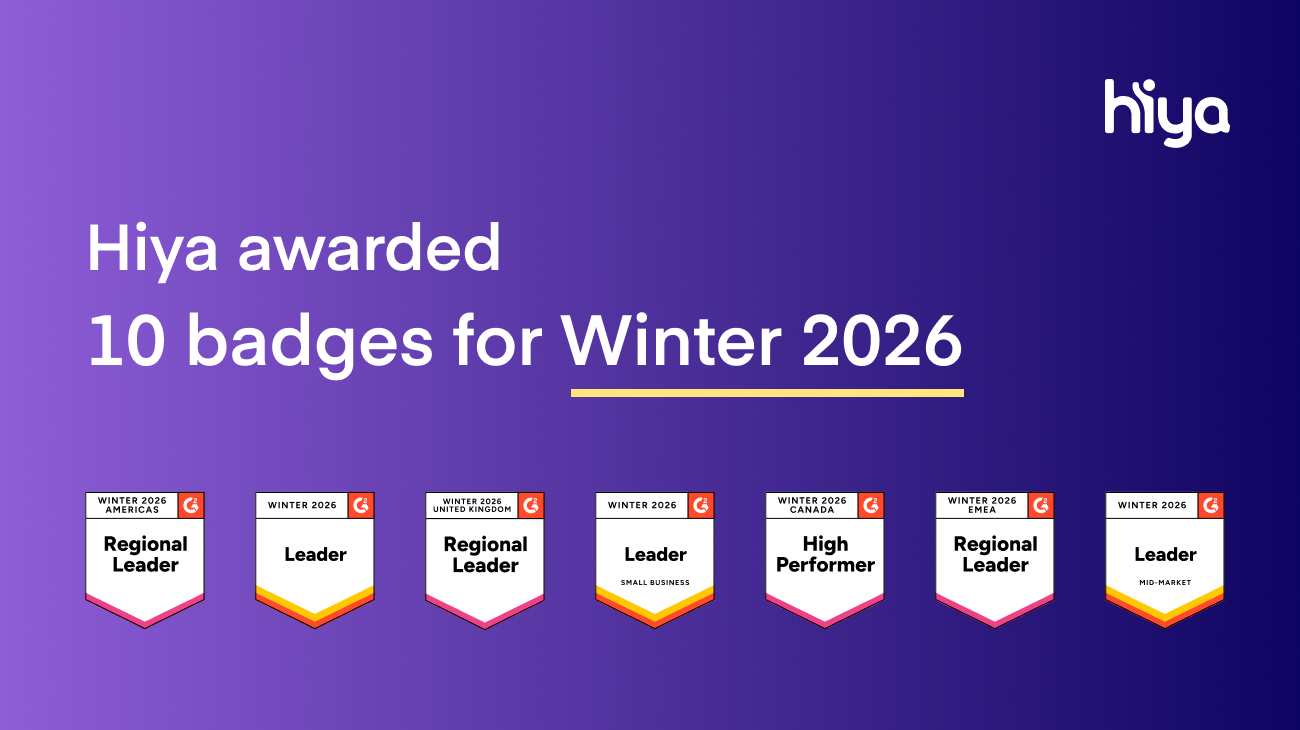
Optimizing your call performance strategy can be a difficult, arduous task--made even worse if your team is constantly hiring and training new agents. Many managers find it difficult to focus their team’s efforts on activities that will maximize revenue. We’ve been there, and we’re here to help.
The word “optimization” is used so frequently in business conversations that the meaning often becomes masked by other definitions. Managers will frequently, mistakenly use “optimize” in lieu of other, more appropriate words like “growth” or “high performance.” And though these definitions may appear to be quite similar, using the words interchangeably will cause your sales team to miss out on golden opportunities.
In this article, we’re taking a minute to break down what sales optimization really is, why it’s critical for your success, and how you can begin implementing best practices today.
What Is Sales Optimization?
Sales optimization is the process of analyzing and improving sales performance to achieve maximum revenue. Good managers evaluate the performance of sales teams and provide training to help agents develop skills that lead to wins.
Optimizations are important in every industry, but it especially applies to the work done in contact centers. Because outbound calls are so repetitive, it can be easy for agents to develop bad habits through lack of focus. Optimization occurs when agents consistently use best practices to increase the likelihood of closing sales.
Optimization Best Practices
There are many things that contact centers can do to maximize their sales revenue. Here are three ways to take your optimization strategy to the next level:
1. Set Long Term Goals
Since sales optimization is all about choosing the most efficient path to success, it’s important to start by visualizing your end goal. Set goals based on yearly revenue and sales, and keep those goals top of mind.
A common misstep: call center teams tend to focus more on short-term goals than they do on long-term goals. Weekly, monthly, and quarterly goals are only useful if they provide a clear path to achieving long-term business goals. Because sales optimization is all about adjusting performance over time, you’ll need to be careful to not get so focused on hitting this quarter’s numbers that you forget about the bigger picture.
Some managers find it difficult to create lasting, measurable goals, instead opting for short-term goals that are easy to achieve. This is understandable, since long-term goals are usually more high-level and difficult to track. Although they are typically more difficult to track, long-term goals can be, and usually are, more closely aligned with the call center’s mission statement than short-term goals. However, it is impossible to optimize for long-term goals without having a way to measure performance metrics. In short, make sure your goals are tied to a measurable KPI that can be tracked. An example of this might be, ”increase sales by 13% by the end of Q3.” This example hits the sweet spot between setting a goal for your team without being prescriptive or restrictive about the ways in which they go about achieving that goal—creating focus, and allowing for innovation to discover new methods of optimization along the way.
2. Use A Voice Performance Platform for Sales Optimization
Sales optimization platforms (like Hiya’s Voice Performance Platform) provide all the tools you need to successfully implement software sales strategies. With these tools for data collection and analysis (and, on a premiere software like Hiya, customized insights) you can stay on track for reaching your long-term goals. Good platforms will also include solutions to common problems call centers face, such as security, reputation management, audience analysis data, and more.
When deciding on a voice performance platform, pay attention to what’s offered; is the software cloud-based? Does it contain fraud filters? And is the data self-service, on demand, and accessible 24/7? Sales optimization platforms that include these features can be far more valuable than standard, static caller registries, as they go beyond the basic information provided by your dialer. Choose a platform that will best meet your company’s needs and help you achieve your long-term goals.
3. Make Data-Driven Decisions
The best sales processes always include an emphasis on tracking and analyzing data which allows managers to make decisions based on actionable insights. While everything up to this point has been important, this step is where the most tangible, significant results happen.
Making business decisions that are rooted in data does two things to your sales performance. First, it gives you an imperial metric to guide you in an industry that is all too frequently subjective. You can’t fool numbers. Second, it gives you a way to measure the efficacy of your initiatives. Many sales optimization platforms, such as Hiya’s Voice Performance Platform, will allow you to identify lead quality -- an invaluable resource for your agents. While it’s not an exact science, if your decisions aren’t backed by data and tracked in an organized manner, you’ll have no idea if an initiative is making an impact.
As you track your team’s performance, pay attention to trends in data. For example, if you notice a sudden drop in answer rates, it may be a sign that an imposter is spoofing your calls. No amount of training your agents will improve that metric. Once you’ve discovered a spoofing problem, you can take action by securing your calls and giving customers the confidence to answer. Fortunately, many sales optimization platforms, including Hiya Connect, can help notify you when problems like this arise and can solve them before they have a chance to negatively impact performance.
Using Hiya Connect for Sales Optimization
Hiya Connect, a Voice Performance Platform, is the industry-leading platform for performance analytics. Its intuitive dashboard integrates all of your metrics in one platform, allowing for a clear, comprehensive view of your performance. Hiya also provides data-driven insights to give you actionable steps to improve call performance. These are a few examples of how Hiya Connect can help you reach your optimization goals.
Call centers may come across a sudden decline in answer rates, which may signify an imposter attempting to spoof your calls. Customers become conditioned to not pick up the phone anymore after they’ve received spam calls from numbers that look similar to your business numbers. Hiya Connect protects against spam labels and secures network connections, so you will never have to face this issue again.
What if your answer rates were never high to begin with? Hiya Connect provides call centers with branded calls, which display your company name, logo, and a custom, informative reason for calling. Answer rates increase significantly when the prospect knows the identity of the caller.
You may also consider monitoring call duration using Hiya Connect, to give you actionable insights for training sales teams. For example, if call duration is consistently increasing, it could be an indicator that the agent is having trouble closing sales. The solution in this case would be to spend time training specifically the closing portion of the sale.Hiya Connect provides you with the tools you need to achieve your contact center’s goals. Sales optimization takes time and practice. It can be hard to know when and how to focus on the right metrics for success. For more insights about increasing sales using industry-standard KPIs, download our Sales Call Metrics that Matter eBook.
.001-1.jpeg?width=1200&name=Social%20Post%20Image%20Generator%20(1).001-1.jpeg)



